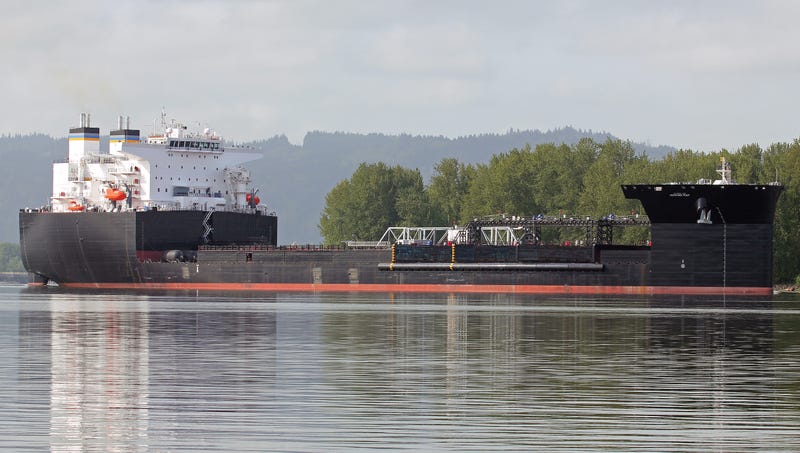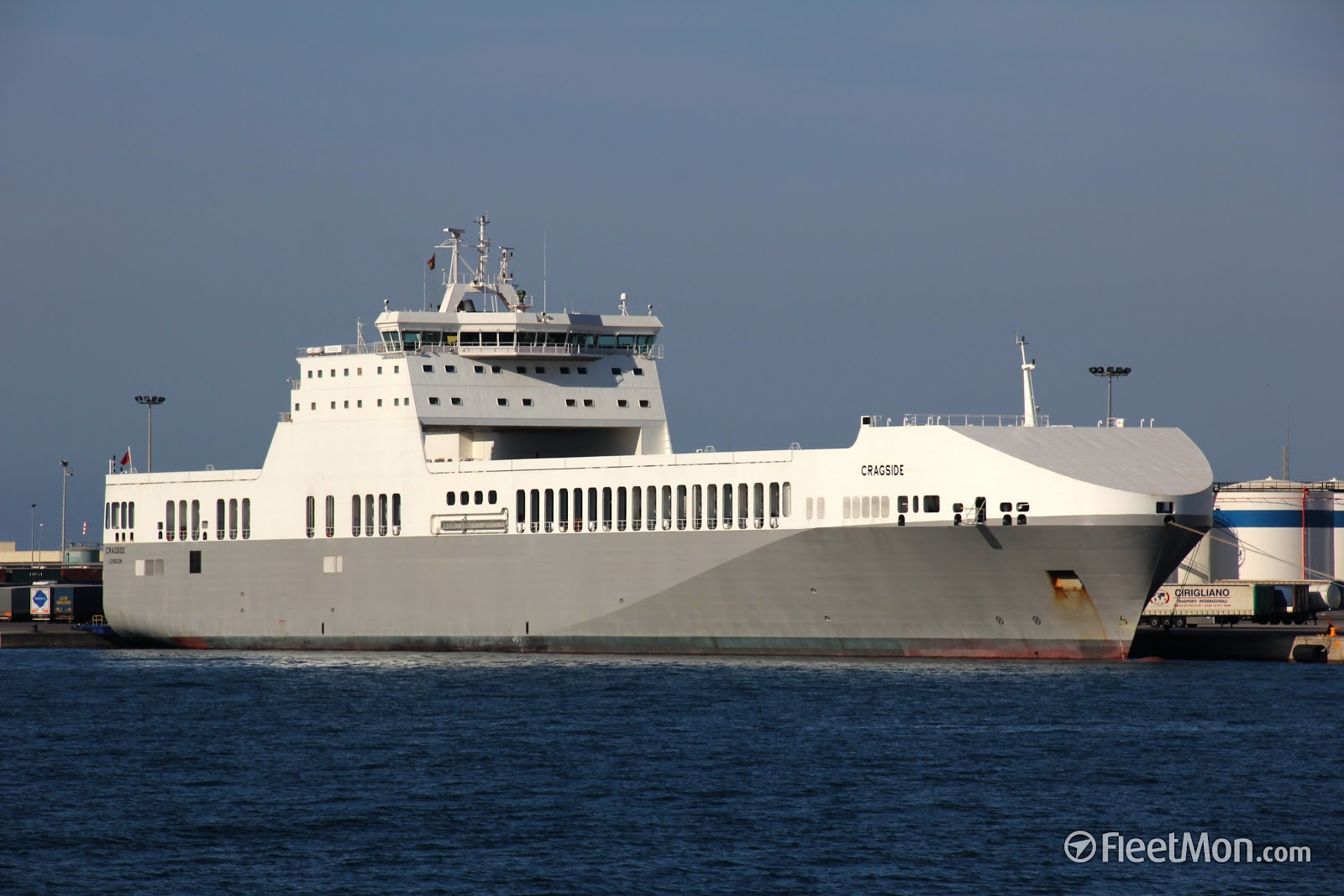I respectfully disagree. At the risk of going around the same buoy again as these forums have in the past, I will just say I am in agreement with the stated policy of the RCN, as published in Leadmark 2050 page 47-48. However, I have no confidence Canada will acquire the ship(s) as described, nor the required helicopters or shore connectors, nor the needed operational skill set.
Much like the discussions here, it's just words. Which are then hedged, much as you've done by saying we don't have *that* big of a threat or *that* big of a GDP. See the Australian example; they are *not* a G7 country.
In many ways we prefer to ride on the coattails of our allies. Like an unpredictable horse they may feel the need to turn and snap at us at some point...
By the way, the author of that article is a US Marine captain, not USN; ie a field grade officer. He is just orofessionally providing his opinion to the discussion, not stating current doctrine or a full staff assessment.
Finally, for those that may not have read it, is the applicable section of Leadmark 2050:
Such measures will improve the future fleet’s agility and capacity to respond to disasters at home and abroad. However, recent operations by the RCN and allied navies have highlighted a pressing need for the Canadian Armed Forces to consider the acquisition of a dedicated peace-support ship to meet the unique demands of HA/DR.
Even in relatively permissive environments, such operations typically unfold in chaotic conditions, often hampered by extensively damaged—or entirely absent—transportation networks and infrastructure. Such a ship would act as a seabase, with features that include a substantial sealift capacity to move personnel, vehicles, force logistics and humanitarian materiel into theatre. There would be equipment to embark/disembark cargo as well as transfer cargo at sea, and deck space to accommodate and operate medium- or heavy-lift aircraft and landing craft. This would act as the ship/shore connectors to project, sustain and support a force ashore, as well as to recover it. The internal space could be dedicated to a joint headquarters, civil-military coordination centre, as well as medical and dental facilities and accommodations for evacuees.
Such a vessel would likely be among the most heavily used assets in the future Canadian Armed Forces inventory. It would be capable of anticipatory pre-positioning or rapid deployment, be able to carry large volumes of humanitarian cargo, emergency vehicles and related supplies, and be equipped with facilities to act as a floating civil-military coordination centre. With these features, a peace-support ship would be an ideal platform for joint action across a range of relatively permissive expeditionary scenarios.
Situations where the ship would be used include the evacuation of non-combatants from zones of incipient conflict, as well as support to forces ashore during a post-conflictrecovery or stabilization period. Moreover, such a vessel would likely emerge as the principal Canadian Armed Forces defence diplomacy asset. It would be deployed routinely to regions of strategic interest to Canada, with a range of personnel and joint capabilities to strengthen regional capacities and strategic partnerships. More broadly, it could conduct goodwill missions with other federal agencies and non-governmental organizations.
Footnote:
Navies have made significant contributions to international disaster relief operations. These include the Indian Ocean post tsunami, 2004; Orleans post Hurricane Katrina, 2005; Haiti, post earthquake, 2010; Burma, post Cyclone Nargis, 2008; Padang, post earthquake, 2009; Pakistan, post monsoon flooding, 2010; Japan, post earthquake / tsunami, 2011; and The Philippines, post Typhoon Haiyan, 2014. According to a recent RAND analysis, naval HA/DR operations are especially useful in the broader Asia-Pacific not only because of the essentially maritime character of those theatres, but also because the region suffered more than half of the world’s major natural disasters.






